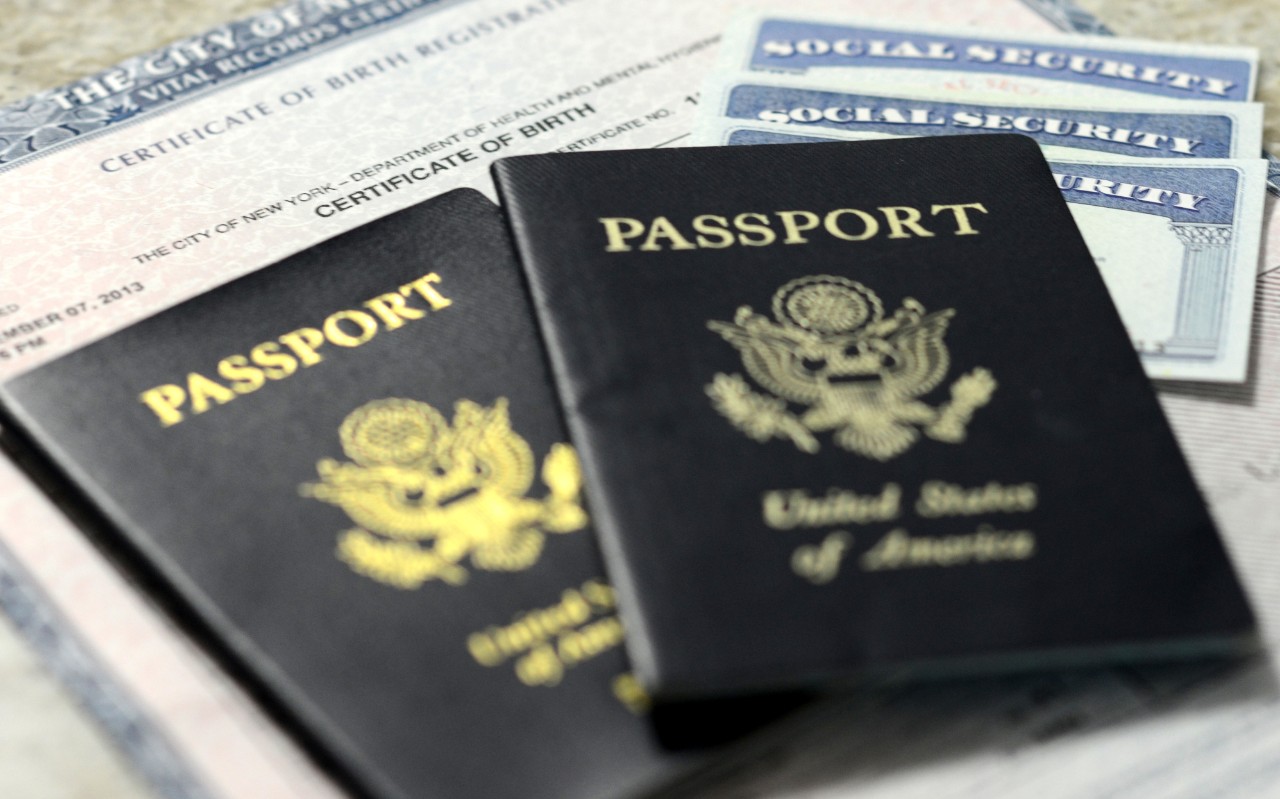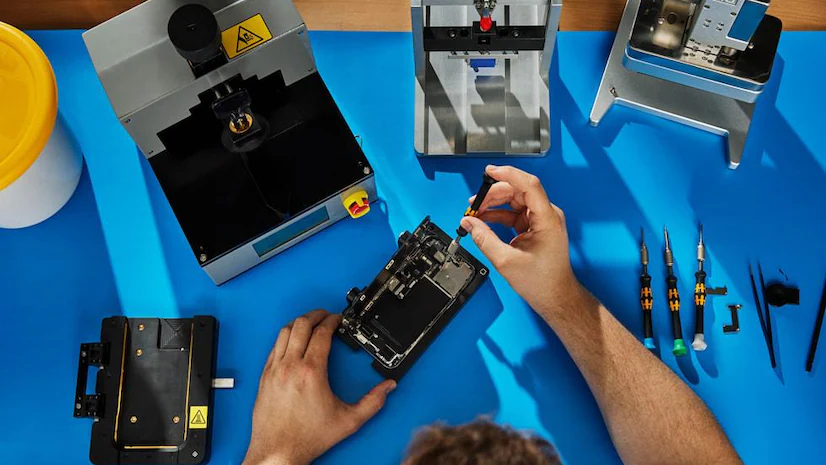
It’s true that studying in China will broaden your education and introduce you to new experiences and cultures, but the process of getting your student visa can seem daunting if you’ve never done it before. Fortunately, it’s not as hard as you might think; just follow these simple steps to apply for your student visa with confidence!
If an international student plans to study in China, you must have apply for a student visa at least one month in advance. The type of visa you apply for will depend on the length of your study.
X1 visas are designed for undergraduate and postgraduate students whose study abroad programs last between six months and five years. X2 visas offer a short-term option for those who’ve enrolled in courses lasting fewer than six months.
The cost of a Chinese student visa differs depending on your nationality. As a rough benchmark, US students can expect to pay $140, whereas UK students will be charged £151.
The student visa process in China
- Accept a place at your university: You might need to pay a deposit to secure your place before receiving a formal admissions letter.
- Receive your JW201 or JW202 form: After your acceptance, your university will send you a JW201 or JW202 form, also known as the foreign student visa application form. The JW201 is for students who’ve gained a scholarship, whereas the JW202 for self-funded students.
- Complete the JW201 or JW202 form: Ensure you’ve filled in every section on the form and have signed it.
- Gather documentation: You’ll need to submit a range of supporting documents (see list below).
- Submit your application: Citizens of the UK, EU, Canada, and Australia can submit their application through the Chinese Visa Application Service Center (CVASC). If your country doesn’t have a CVASC, you can apply through your nearest Chinese embassy or consulate.
- Receive the result: The turnaround for applications is usually less than a week, so you won’t have long to wait.
- Register with the exit and entry administration bureau: Within 30 days of arriving, you must apply for a temporary residence permit. This effectively replaces your student visa and allows you to remain in the country for the duration of your studies.
- Have a medical examination: To convert your visa into a temporary residence permit, you must have a physical examination costing roughly RMB 622 or $88. Citizens of some countries must have this physical examination before they arrive in China.
Family visa requirements
Your family members will be allowed to visit you during your time studying abroad, but they’ll need to apply for their own visas.
An S1 visa entitles your loved ones to visit for more than 180 days, but they must have a physical examination and apply for a residence permit. An S2 visa limits family members to a stay of fewer than 180 days with no need for a medical assessment or residence permit.
Required documents
Submitting all of the documents requested by the Chinese authorities is the most important part of the entire visa application process. Double-check that the documents are complete, accurate, and legitimate.
Here’s a list of the compulsory documentation you’ll need:
- A valid passport with an expiry date at least six months away from the date of application
- A formal acceptance letter on headed paper with a university seal
- A completed JW201 or JW202 form
- A passport-style color photograph that captures the whole of your face
- Receipt of payment for your visa application
- Details of your flight numbers, dates and times, including your return ticket
- Details of your accommodation arrangements
- Evidence of your physical examination test (if required)
China student visa processing time
Chinese embassies are usually quite quick at processing visa applications, and it can take as little as four days to get a response. Typically you should allow at least a week to get your visa after submitting your documents.
It’s worth getting your application in early in case of any unexpected delays. It’s recommended to apply at least a month before your arrival in China, but not more than three months in advance.
Working while studying in China
Taking on some part-time work to support your studies is sometimes allowed, but you’ll first need to seek permission from your university and the Chinese immigration authorities. You must also visit a police station and ask them to stamp your visa with ‘part-time work’.
Changing jobs regularly in China is frowned upon and could land you in trouble. So only commit to a job if you’re sure it’s right for you.
What to do if your visa is rejected
China has notoriously strict visa policies and relatively low acceptance rates, so don’t be disheartened if your first application isn’t successful.
Although visa rejection is frustrating, it’s possible to appeal the decision or reapply. If you do choose to reapply, don’t just submit the same application again. Without making some changes, further refusal is almost guaranteed.
The Chinese authorities aren’t obliged to explain why your application was denied, but common reasons include:
- Mistakes in the form
- Absent documentation
- Limited financial resources
- Insufficient proof that you’ll be returning home after your stay
Eliminating these issues in your second attempt will give you the best chance of approval.






